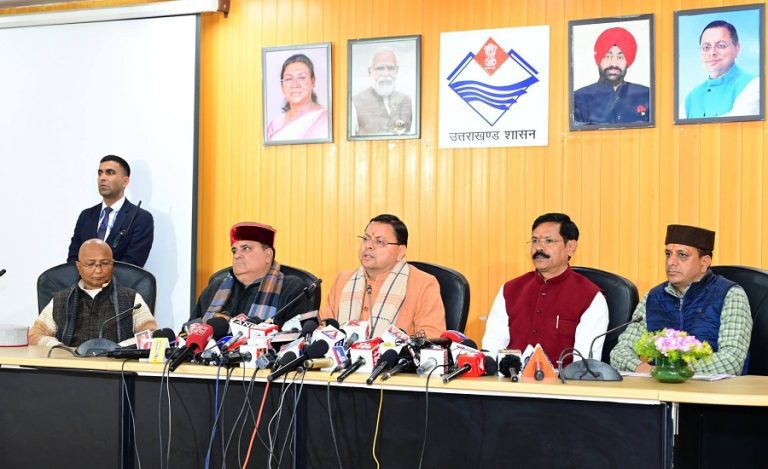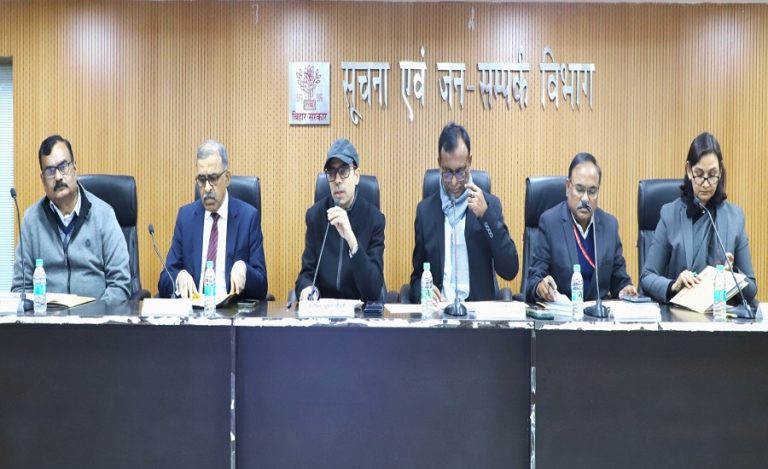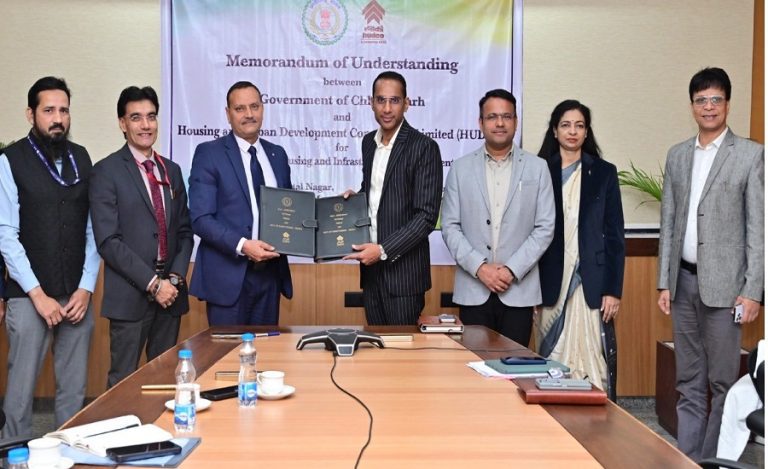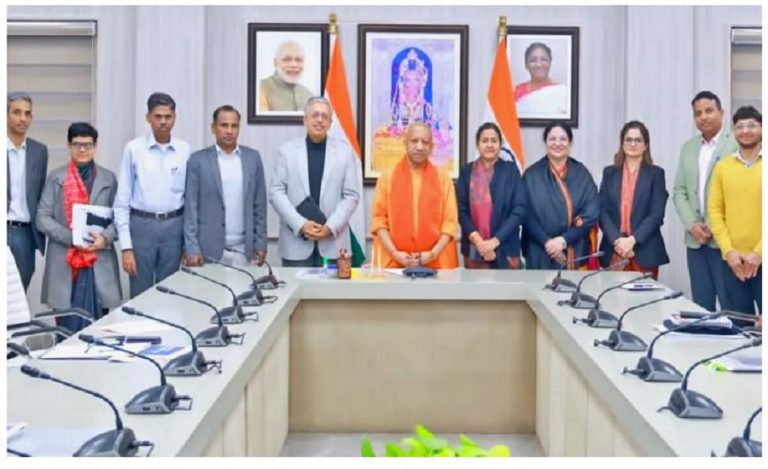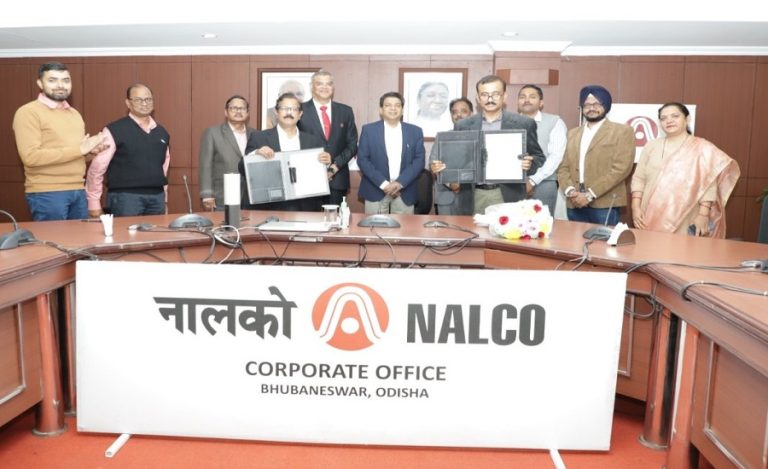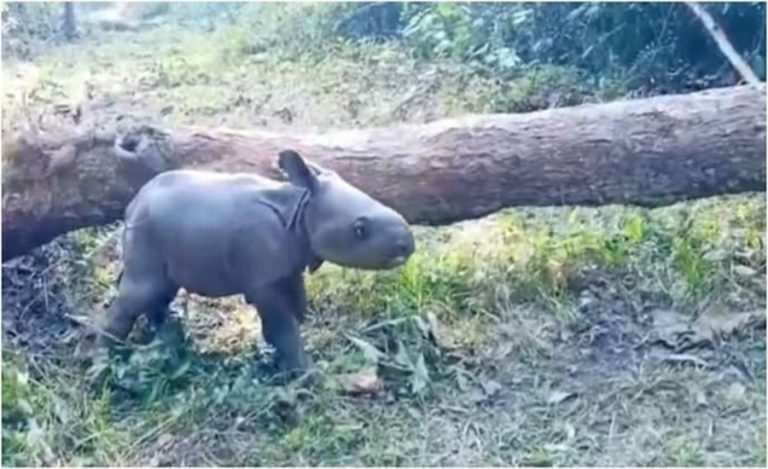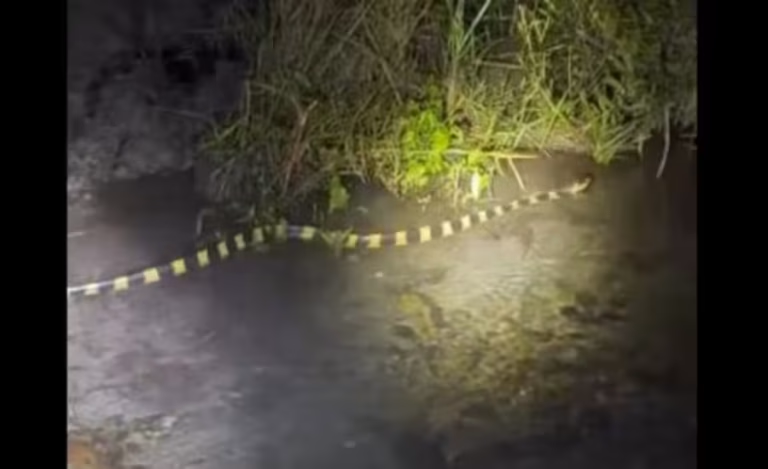The Chhattisgarh government, under the leadership of Chief Minister Mr. Vishnu Deo Sai, is set to launch an ambitious rural development initiative — the Gaudham Yojana. This transformative scheme aims to protect destitute and nomadic bovine animals, while simultaneously boosting the rural economy through employment generation, livestock conservation, and promotion of cow-based organic farming industries.
The draft of the scheme has already received approval from the Finance Department and the Animal Husbandry Department, setting the stage for its phased rollout across the state.
A Holistic Approach to Livestock Welfare and Village Economy
The Gaudham Yojana is structured to provide scientific care for abandoned and smuggled cattle, generate income for local shepherds and cow protectors, and facilitate the development of training centres for cow-based products. Each Gaudham (cow shelter and training hub) will be designed to accommodate up to 200 animals, based on its infrastructure capacity.
“The Gaudham Yojana will ensure the safety of animals and also become a stable source of income for rural youth. Improving cattle breeds and encouraging organic farming will also uplift our agricultural ecosystem,” said Mr. Vishnu Deo Sai, Chief Minister of Chhattisgarh.
Key Features of Gaudham Yojana
Employment and Honorarium
- Shepherds will receive an honorarium of ₹10,916/month
- Gausevaks (cow caretakers) will be paid ₹13,126/month
- Daily fodder allowance per animal:
- ₹10/day in 1st year
- ₹20/day in 2nd year
- ₹30/day in 3rd year
- ₹35/day in 4th year
Livestock Protection
- Focus on bovine animals rescued from illegal smuggling or transportation, particularly along interstate borders
- Priority given to destitute, abandoned, and nomadic cattle
- Emphasis on breed improvement and scientific rearing
Fodder Development Support
- Financial support for fodder cultivation:
- ₹47,000 per acre
- ₹2,85,000 for five acres
No Cow Dung Purchase
- Cow dung will not be purchased under the scheme
- Cowherds will utilize the dung themselves for making organic products or compost
Infrastructure and Operations
- Government land with water, electricity, and cow sheds will be chosen for Gaudhams
- In existing Gauthans, adjacent land may be used for fodder development
- Registered Gaushalas, NGOs, trusts, Farmer Producer Companies (FPCs), and cooperative societies will be eligible to operate Gaudhams
If any registered Gaushala committee refuses to operate the Gaudham, other eligible organizations may apply. Final selection will be made by the District Administration and approved by the Chhattisgarh State Gau Seva Commission.
Training and Cow-Based Industry Development
Each Gaudham will serve as a cow-based training centre, educating villagers on the production and sale of organic products such as:
- Vermicompost
- Natural insecticides
- Cow-dung wood and oil
- Diya (lamps), incense sticks, toothpaste, and other herbal goods
These centers are expected to become micro-industrial hubs for rural entrepreneurship and self-employment.
Prioritizing Legal and Ethical Compliance
The scheme gives special attention to the Supreme Court ban on illegal animal smuggling, ensuring that rescued animals find a safe and sustainable environment.
Legal provisions, budget norms, and operational rules have been finalized to ensure smooth implementation and transparency.
First Phase Rollout
In the initial phase, Gaudhams will be established in rural areas located near major national highways, where incidents of animal abandonment and smuggling are more frequent. This strategic positioning will help intercept illegal trafficking and provide shelter to rescued animals swiftly.
A Model for Rural Sustainability
With the Gaudham Yojana, Chhattisgarh aims to set a national example in combining animal welfare, rural livelihoods, and environmental sustainability.
By transforming bovine care into a source of income, learning, and innovation, the scheme holds the potential to revive the traditional village economy — with cows at the centre of a modern, organic, and self-reliant ecosystem.


